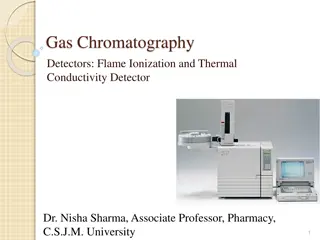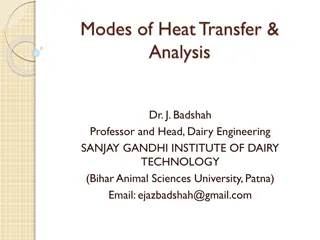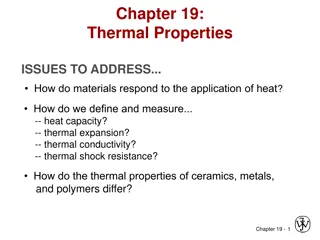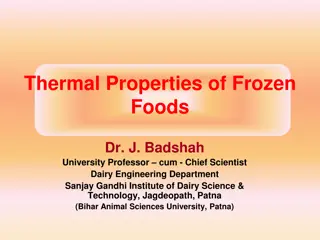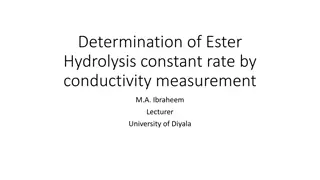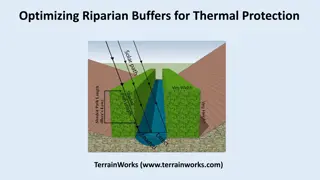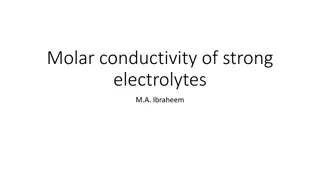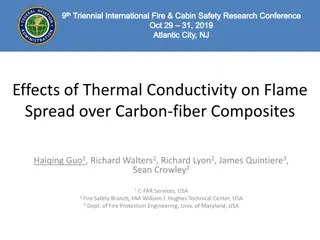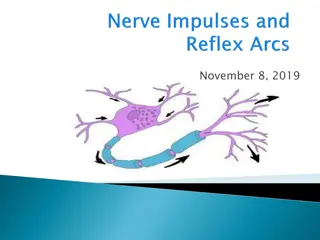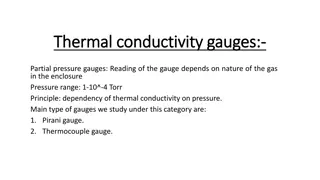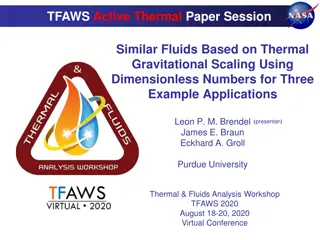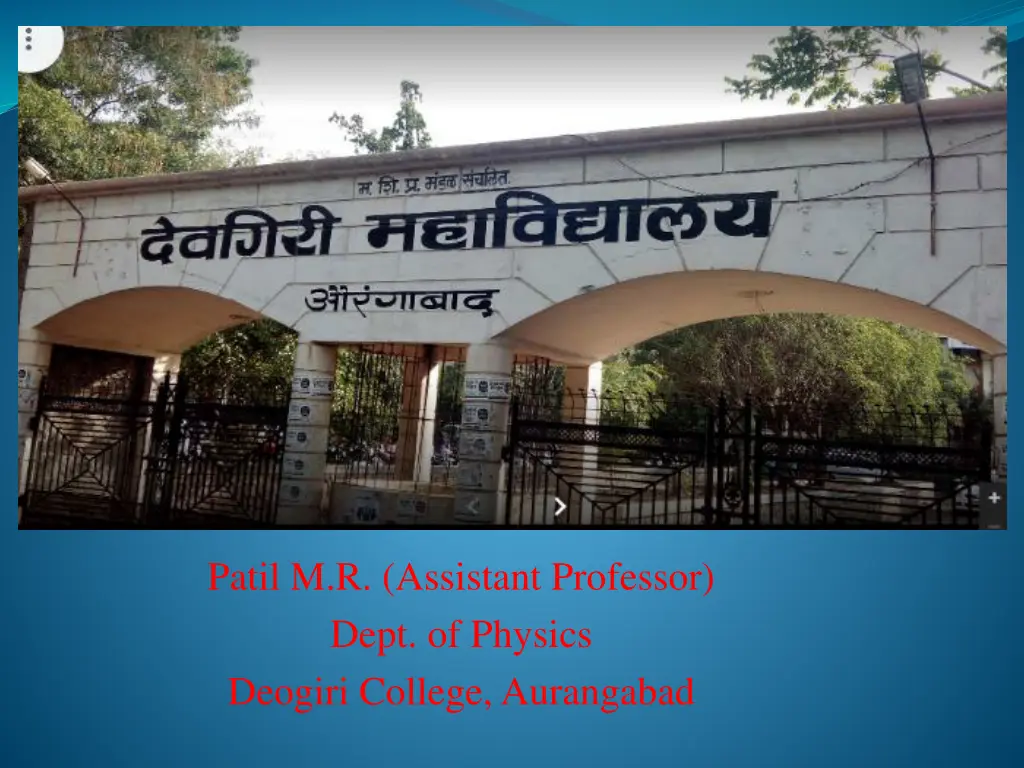
Understanding Thermal Conductivity and Heat Transfer in Physics
Learn about thermal conductivity in physics, its importance, and the mechanisms of heat transfer including conduction, convection, and radiation. Discover how materials conduct heat, the concept of U-Factor, and the relationship between thermal conductivity and heat transfer efficiency.
Download Presentation

Please find below an Image/Link to download the presentation.
The content on the website is provided AS IS for your information and personal use only. It may not be sold, licensed, or shared on other websites without obtaining consent from the author. If you encounter any issues during the download, it is possible that the publisher has removed the file from their server.
You are allowed to download the files provided on this website for personal or commercial use, subject to the condition that they are used lawfully. All files are the property of their respective owners.
The content on the website is provided AS IS for your information and personal use only. It may not be sold, licensed, or shared on other websites without obtaining consent from the author.
E N D
Presentation Transcript
Patil M.R. (Assistant Professor) Dept. of Physics Deogiri College, Aurangabad
THERMAL Conductivity In physics, thermal conductivity, is the property of a material's ability to conduct heat. It appears primarily in Fourier's Law for heat conduction. Thermal conductivity is measured in watts per Kelvin-meter (W K 1 m 1 ). In the window building industry "thermal conductivity" is expressed as the U-Factor , which measures the rate of heat transfer and tells you how well the window insulates. U-factor values are generally recorded in IP units (Btu/(hr ft F)) and usually range from 0.15 to 1.25. The lower the U-factor, the better the window insulates. The reciprocal of thermal conductivity is thermal resistivity.
In metals, heat conductivity is primarily due to free electrons. Following the Weidman Franz law, thermal conductivity of metals is approximately proportional to the absolute temperature (in Kelvin's) times electrical conductivity. ... Many pure metals have a peak thermal conductivity between 2 K and 10 K. What does thermal conductivity mean? Thermal conductivity can be defined as the rate at which heat is transferred by conduction through a unit cross-section area of a material, when a temperature gradient exits perpendicular to the area. What is the importance of thermal conductivity? Increased thermal conductivity allows for a faster rate of heat transfer in phase change material, reducing the time required for the PCM to undergo a complete charge or discharge. By Aymara Albury, Ph. D. Thermal conductivity is the intrinsic property of a material that expresses its ability to conduct heat
What is heat transfer ? Heat transfer is the movement of heat energy from one substance to another. Heat energy always moves from a warmer substance to a cooler substance. Heat will continue to move until both substances are the same temperature. The greater the difference in temperature between the substances, faster the heat will transfer.
There are three types of heat transfer. 1) Conduction 2) Convection 3) Radiation
Heat Conduction Conduction is heat transfer by means of molecular agitation within a material without any motion of the material as a whole. It occurs through direct contact. If one end of a metal rod is at a higher temperature, then energy will be transferred down the rod towards the colder end because the higher speed particles will collide with the slower ones with a net transfer of energy to the slower ones. As long as the objects are in contact transfer of heat will continue until the temperature of the objects is the same.
Examples of Conduction Think of metal spoon in a pot of water being heated. The fast moving particles of the fire collide with the slow moving particles of the cool pot. Because of these collision, slower particles more faster and heat is transferred. Then the particles of the pot collide with the particles in the water, which collide with the particles at one end of the spoon. As the particles move faster, the metal spoon gets hotter. This process of conduction is repeated all along the metal until the entire spoon is hot.

